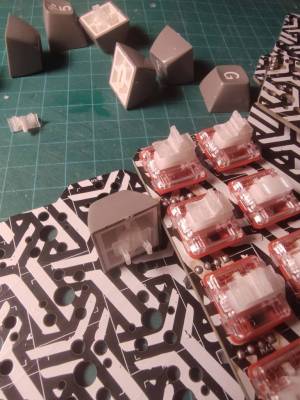The loudspeaker on your home entertainment equipment is designed to project audio around the space in which it operates, if it’s not omnidirectional as such it can feel that way as the surroundings reflect the sound to you wherever you are. Making a directional speaker to project sound over a long distance is considerably more difficult than making one similar to your home speaker, and [Orange_Murker] is here with a solution. At the recent Hacker Hotel conference in the Netherlands, she presented an ultrasonic parametric speaker. It projects an extremely narrow beam of sound over a significant distance, but it’s not an audio frequency speaker at all.
Those of you familiar with radio will recognize its operation; an ultrasonic carrier is modulated with the audio to be projected, and the speaker transfers that to the air. Just like the diode detector in an old AM radio, air is a nonlinear medium, and it performs a demodulation of the ultrasound to produce an audio frequency that can be heard. She spends a while going into modulation schemes, before revealing that she drove her speaker with a 40 kHz PWM via an H bridge. The speaker itself is an array of in-phase ultrasonic transducers, and she demonstrates the result on her audience.
This project is surprisingly simple, should you wish to have a go yourself. There’s a video below the break, and she’s put all the files in a GitHub repository. Meanwhile this isn’t the first time we’ve seen a project like this.


















